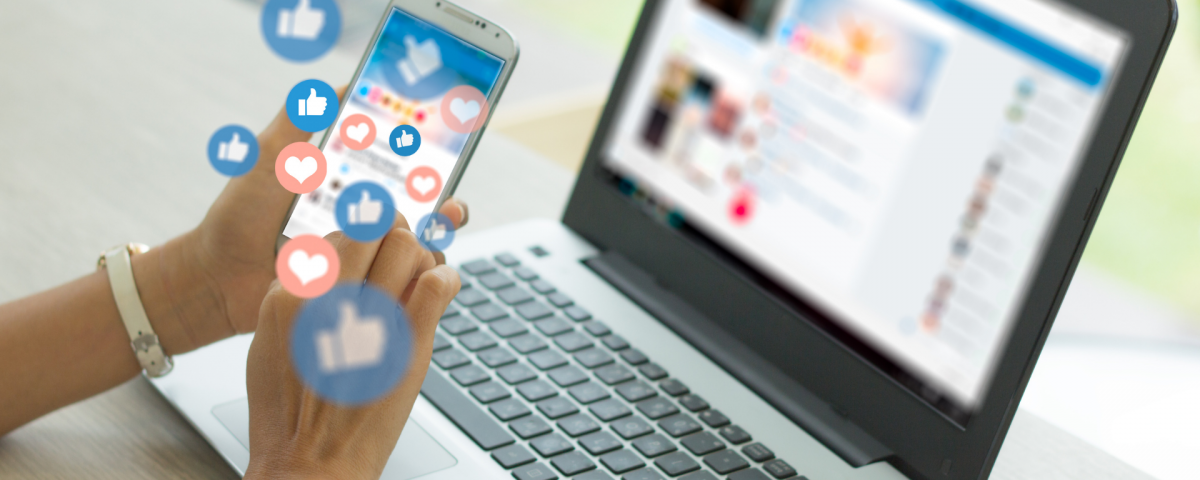
Intellicast S5E17 -Let’s Catch Up On Some MR News
May 20, 2022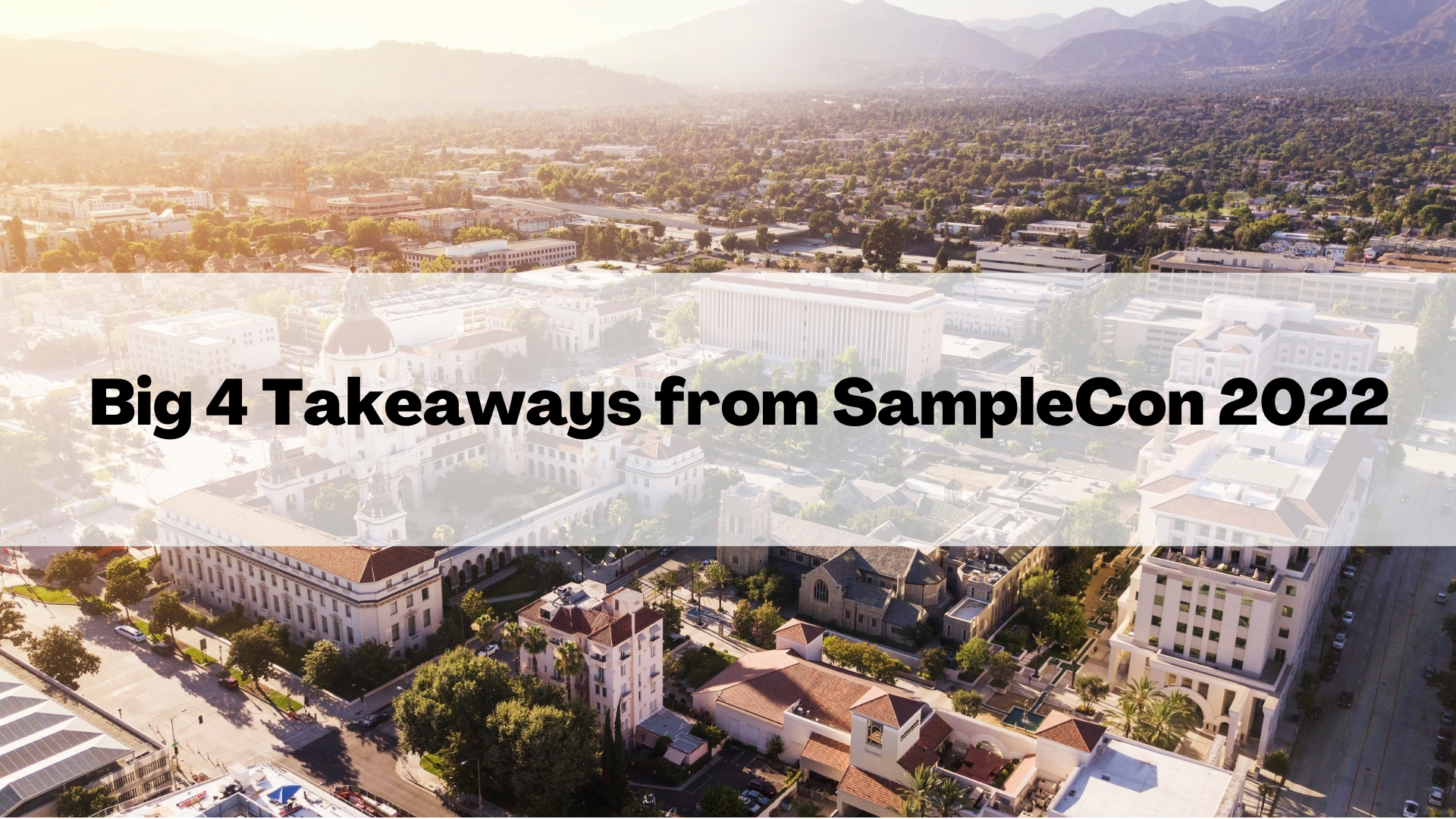
My Big 4 Takeaways from SampleCon 2022
May 31, 2022Social media has been a ‘hot topic’ for years now. It’s been in the news even more recently with the proposed acquisition of Twitter by Elon Musk, the rebrand of Facebook to Meta, and the impact of social media on mental health and personal connection since the start of the pandemic. In a recent round of our research-on-research, we looked at the public perception of social media.
Overall
Overall, we can see that most people believe social media has made the world a somewhat better place.
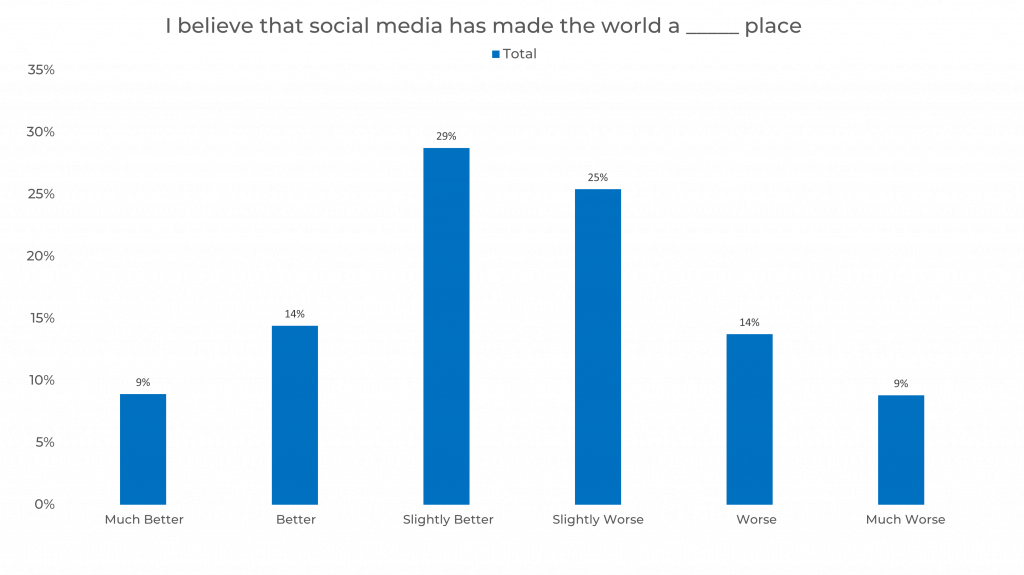
Gender
First, let’s look at the perception of social media by gender. We see that males are more likely to feel that social media has made the world a worse place than females do.
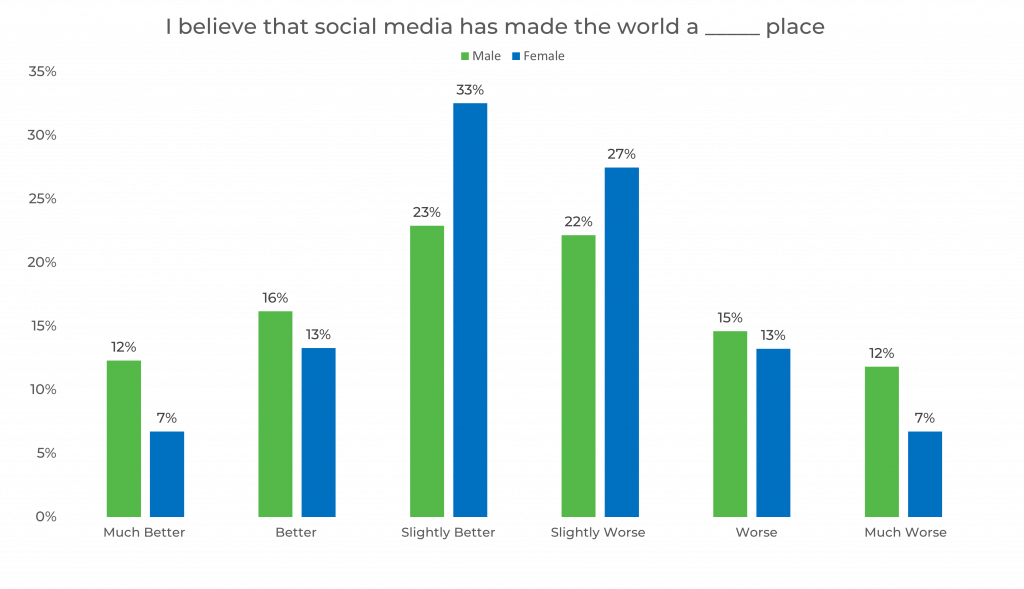
Age
Next, we will look at perceptions of social media by age. People aged 45+ are more likely to believe that social media has made the world a worse place than people aged 18-44.
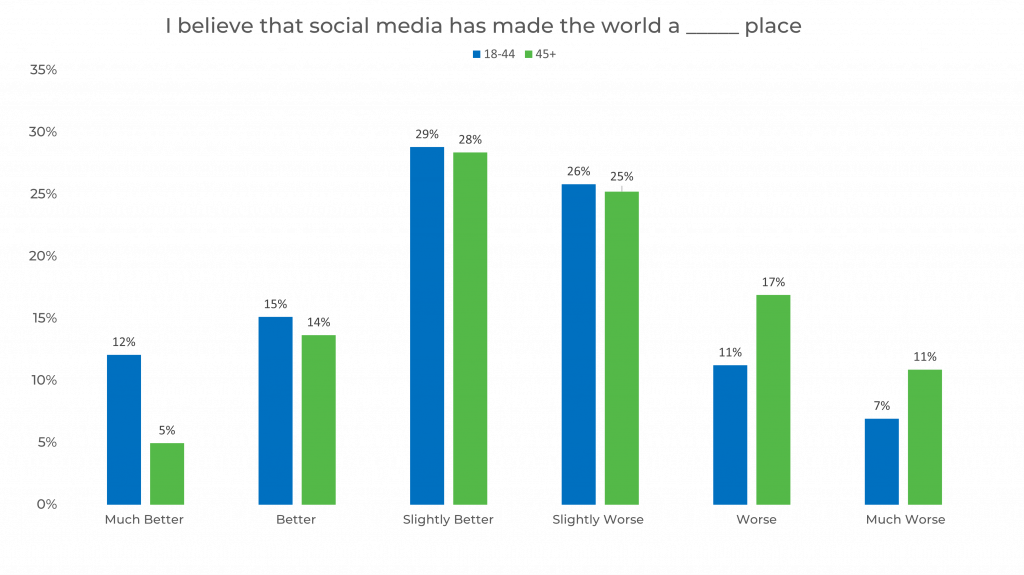
Political Affiliation
When it comes to political affiliation, Democrats are more likely to believe that social media has made the world a better place than Republicans.

Ethnicity
When looking at responses by ethnicity, respondents who identify as Asian or Pacific Islander are most likely to believe that social media has made the world a better place (31%, Top 2 Box.) Respondents who prefer not to answer (38%) and Caucasian/White respondents (24%) are most likely to believe social media has made the world a worse place (Top 2 Box.)

Income
When we look at responses by income, respondents with incomes of $150,000 or more are most likely to feel that social media makes the world a worse place (Top 2 Box.) Respondents with incomes of $100,000-$149,999 are most likely to feel that social media makes the world a better place (Top 2 Box.)
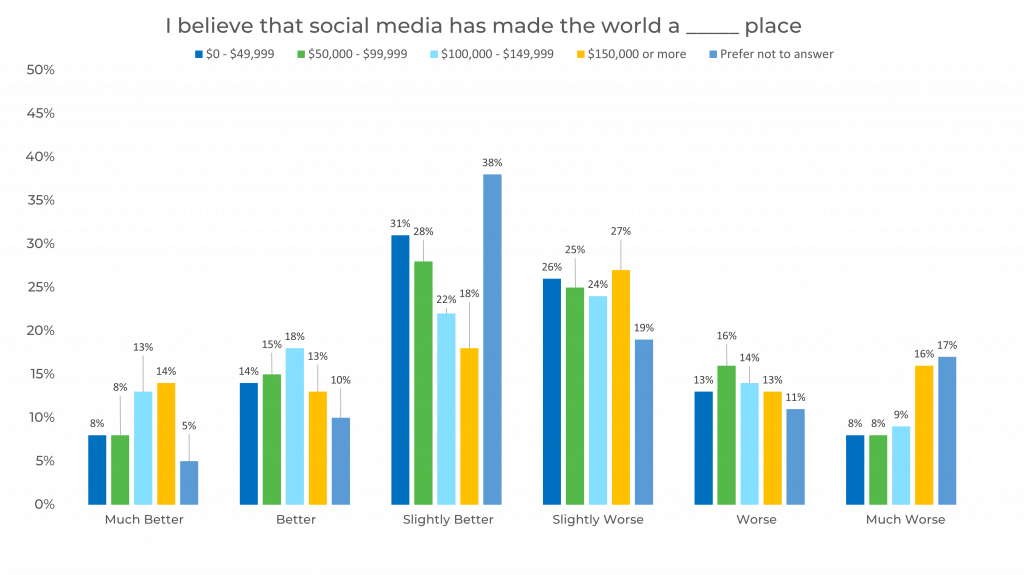
Panel
Finally, we look at responses by panels. Here, we can see there is up to an 11% difference between panels as seen between Panels A and D in respondents who feel social media makes the world a worse place.

To learn more about why panels are different from one another, why they change over time, and our research on more ‘hot topics,’ download The Sample Landscape: 2022 Edition today!


